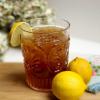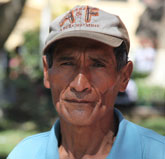What Coffee am I drinking?
As those who know me will know, I love my coffee. In fact, I love speciality coffee, which is more than just a way of saying “really good coffee”. It’s a term in the industry for coffee that is farm traceable, graded by calibrated standards of taste and quality to be of a certain standard, and then brewed with care and precision. You might like to read about the “third wave” coffee movement. Coffee drinking has progressed from mass-produced instant coffee, to fresh coffee that is mass produced and then packaged long before it's brewed, to the kind of coffee I'm talking about.






 I love the idea that we can buy produce here that makes a real difference to the people who make it.
I love the idea that we can buy produce here that makes a real difference to the people who make it.
Recent comments